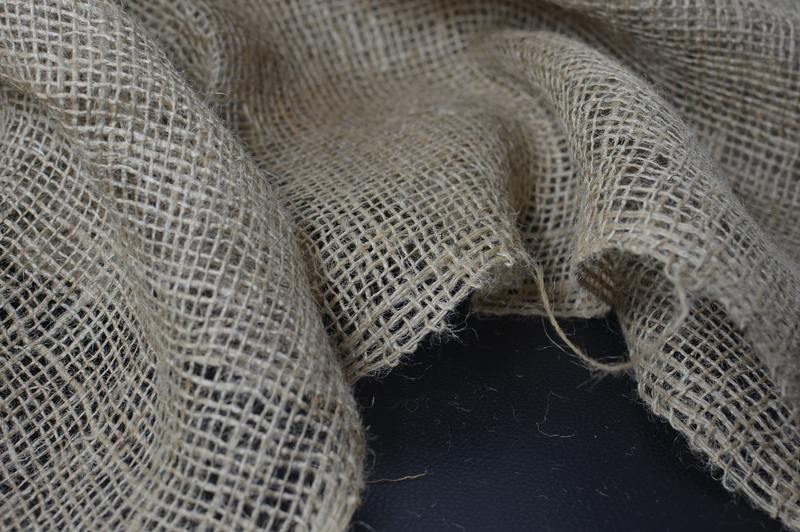If you trust mildew only lives on the surface of firm areas, textile attracts molds too. You need to know what are the types of fabric that collect mildew to help you remove and prevent any mildew infection.
Mildew can affect fabrics. However, only a few kinds can receive a severe mildew infestation.

Besides the stains and potential damage that mildew leaves on the fabric surface, it also poses risks to health, especially if the household members are constantly exposed to the infested clothing.
This article will provide you with essential things to know when selecting fabrics for your home. You can also follow easy remediation and prevention tips if mildew starts to become a problem on your home’s upholstery.
Here’s a simple guide to read on and learn from.
What Are The Fabrics Prone To Mildew?
The most basic reason for mold or mildew growth, as we all know, is the moisture. It is the primary culprit behind all the fungus growing on firm surfaces and pliable materials like fabrics.
Mildews on the fabric surface can appear whitish or grayish and furry. A musty odor is also present whenever mildew is in place.
Then, how do you distinguish mildew-prone fabrics from those not? The answer is based on how the material is made.
Apparently, organic or natural fibers are most likely to be a breeding ground for mildew-causing fungi. Organic fabrics provide potential conditions for mildews to grow as they contain naturally damp characteristics, which molds and mildews love the most.
Here are some examples:
- Wool or silk – Upholstery or clothing made from animal skin or known as the “protein” fibers.
- Cotton, rayon, or linen – Cellulose fibers or fabrics made from plants.
These fibers are particularly vulnerable to mildew infection because they quickly absorb moisture but are slow in drying the moistness out. The tiny mold spores and bacteria stay in the air for a long time, so poorly temp-regulated spaces or rooms and an ample amount of dust can also encourage mildew growth.
Room humidity over 92% can fund mold or mildew growth on protein fibers. In comparison, relative humidity above 80% can accommodate molds on cellulosic fabric.
Mildew Resistant Fabrics
Man-made or synthetic fibers are considered mildew-resistant or hydrophobic fabrics because of their moisture-defying properties. Examples of these fabrics are nylon and polyester.
Although synthetic fabrics do not hold much moisture compared to natural fibers, they are not immune to mildew growth. It is enough to provide a perfect meal for mildew-causing bacteria with soil or dust, moisture, and low relative humidity levels altogether.
Aside from watching out for your clothes, curtain, blinds, or couch, you may also want to follow another helpful guide on common places to check for mildew in the house. This article contains information to help you quickly identify and look out for other mildew-prone areas in your household.
Remove Mildew Stains From Fabric
If you discover mildews infesting any of your clothing or upholstery, follow these simple ways to remove them:
Step #1. Pick cleaner from your pantry
Some cleaners you can find from your own cupboard are white vinegar, baking soda, lemon juice, salt, borax, and bleach.
Create your preferred solution, preferably a combination of two ingredients mixed with water. Once ready, you may proceed to the next steps.
Step #2. Brush any mildew debris
You can use a vacuum cleaner with a brush attachment to scrub away the excess mildew.
Step #3. Put into the washer or scrub the stain
If dealing with mildewed clothes, soak first the affected fabric into the solution for up to 30 minutes before throwing it into the washer. Noting the hazards of washing colored clothes, here’s a guide to help you how to get mildew stains out of colored clothes.
For household upholstery that cannot be machine-washed, use another cloth dipped and squeezed from the solution and rub it onto the stained area. Then, soak it with the cleaner until the marks disappear.
Step #4. Rinse and dry the fabric
For machine-washed clothes, allow the fabric to dry. While upholsteries should be rinsed well first with water before drying out in the sunlight.
NOTE: Do not directly put the fabric under high heat and direct sunlight as it can damage the fibers.
3 Tips To Prevent Mildew Growth On Fabric
We believe that prevention is the best cure for mildew plagues. So here are a few crucial tips you can observe to keep out any mildews no matter what fabric you have at home.
- Properly ventilate the storage where you keep the fabrics.
- Always keep the material itself dry and clean.
- Use mothballs that contain paradichlorobenzene crystals where clothes are stored.
Conclusion
Now that you know what are the types of fabric that collect mildew, you’ll have an easier time selecting fabrics for your household. However, no material is safe from mold if a perfect breeding place exists for them.
It remains essential to follow the basic prevention tips on keeping any mildews at bay. It will also help the household stay away from the health hazards of mildew infestation.
